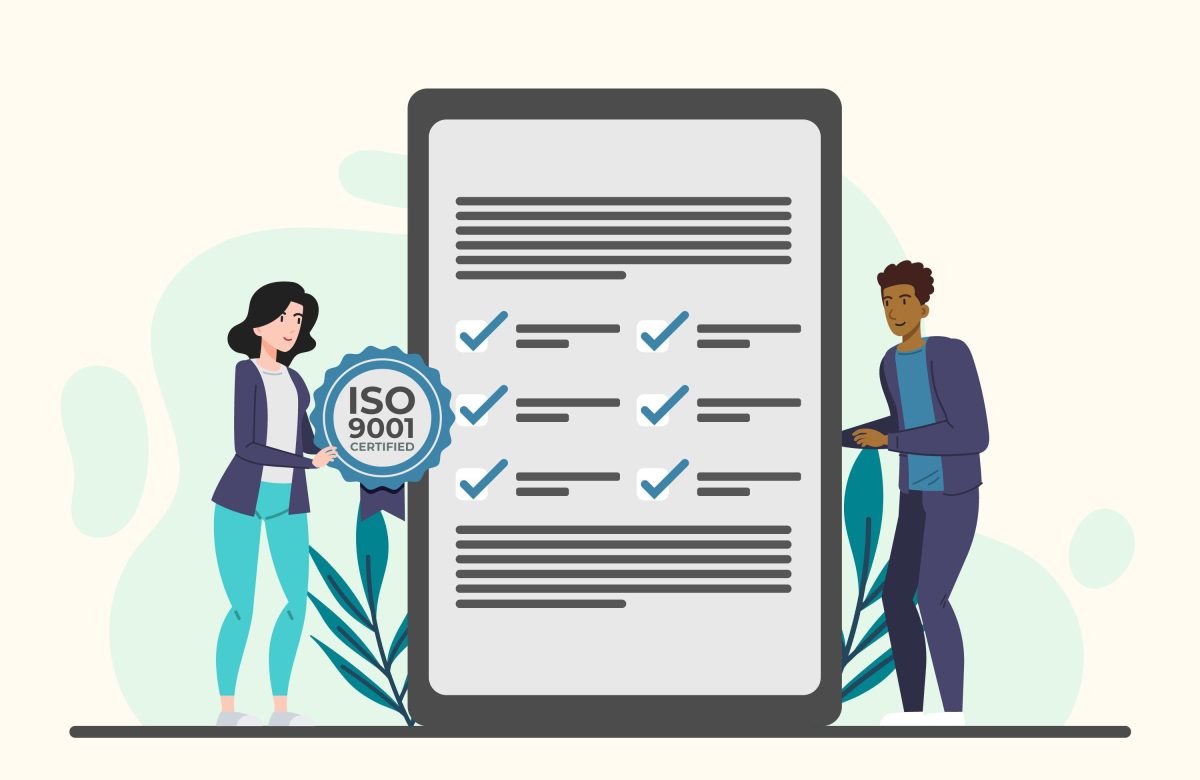How to conduct effective customer surveys to gather insights

In the realm of business, understanding your customers’ needs, preferences, and opinions is crucial for delivering exceptional products and services. Effective customer surveys serve as a powerful tool to gather valuable insights directly from your audience. In this blog, we’ll guide you through a three-step approach to conducting customer surveys that yield actionable data and drive informed decision-making.
Step 1: Planning and Designing Your Survey
Creating an effective customer survey starts with careful planning and thoughtful design.
1.1 Define Your Objectives
Clearly outline your survey’s objectives. Determine what specific insights you’re seeking to gain. Are you aiming to improve a product, assess customer satisfaction, understand buying behaviors, or gauge interest in a new feature? Defining objectives guides your survey’s structure and question selection.
1.2 Choose the Right Survey Type
Different survey types serve different purposes. Consider options such as:
– Customer Satisfaction Surveys: Evaluate overall satisfaction and identify areas for improvement.
– Net Promoter Score (NPS) Surveys: Measure customer loyalty and gauge the likelihood of customers recommending your business.
– Product Feedback Surveys: Gather insights about specific products or services.
– Market Research Surveys: Understand market trends, customer preferences, and competition.
– Employee-Customer Interaction Surveys: Assess the quality of interactions between employees and customers.
1.3 Craft Clear and Focused Questions
The questions you ask determine the quality of your survey data. Keep questions clear, concise, and relevant to your objectives. Use a mix of closed-ended (multiple-choice) and open-ended (text-based) questions to capture quantitative and qualitative data.
1.4 Use the Right Question Types
Choose question types that align with your objectives. Options include multiple-choice, rating scales, ranking, and open-ended questions. Mix question types to gather a variety of insights.
Step 2: Distributing and Collecting Responses
Once your survey is designed, it’s time to distribute it and collect responses.
2.1 Determine Your Sample Size
Decide on the number of responses you need to gather statistically significant insights. A larger sample size enhances the reliability of your data.
2.2 Choose the Distribution Channels
Select the appropriate channels to distribute your survey. Options include email, social media, website pop-ups, and even physical locations if applicable. Choose channels that your target audience frequently engages with.
2.3 Timing Matters
Timing plays a role in the success of your survey. Send surveys when your customers are most likely to be receptive and have the time to respond. Avoid peak hours or busy periods when your audience may overlook the survey.
2.4 Incentives for Participation
Consider offering incentives to encourage survey participation. Whether it’s discounts, freebies, or entry into a giveaway, incentives can boost response rates and engagement.
2.5 Mobile-Friendly Surveys
With the rise of mobile device usage, ensure your surveys are mobile-friendly. Responsive design ensures that respondents can complete surveys comfortably on smartphones and tablets.
Step 3: Analyzing and Utilizing Survey Data
Once you’ve collected responses, it’s time to analyze the data and derive actionable insights.
3.1 Quantitative Analysis
For closed-ended questions, perform quantitative analysis by tabulating responses and calculating percentages. This provides numerical insights into trends, preferences, and satisfaction levels.
3.2 Qualitative Analysis
Open-ended questions provide qualitative insights that offer depth and context. Analyze responses for recurring themes, sentiments, and suggestions. These insights can be invaluable for understanding customer perspectives.
3.3 Identifying Patterns and Trends
Look for patterns and trends within the data. Are there common themes emerging? Do certain demographics express different opinions? Identifying patterns helps you make informed decisions.
3.4 Derive Actionable Insights
Translate survey data into actionable insights. Use the information to drive improvements, tailor products or services, enhance customer experiences, and inform strategic decisions.
3.5 Communicate Findings
Share the survey findings with relevant stakeholders, such as product teams, customer service, and marketing. Collaborate to implement changes based on the insights gathered.
Conclusion: Empowering Your Business with Customer Insights
Conducting effective customer surveys is a strategic endeavor that empowers your business with invaluable insights. By planning and designing surveys that align with objectives, distributing them through the right channels, and analyzing data to uncover patterns and trends, you can make informed decisions that drive customer satisfaction and business growth. Remember that a successful survey isn’t just about collecting data; it’s about listening to your customers’ voices and using their feedback to enhance their experiences. With the right approach, customer surveys become a dynamic tool for building lasting relationships and shaping the future of your business.




